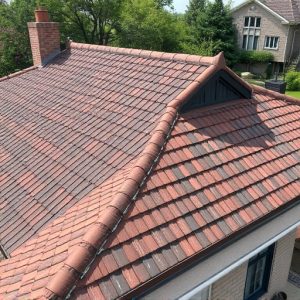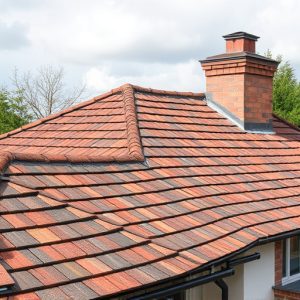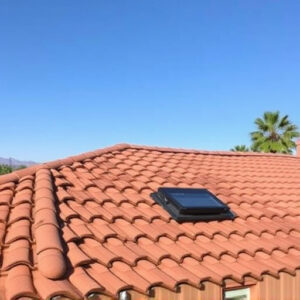Emergency Tarping: Temporary Roof Protection After Storms
Post-storm, immediate action with emergency tarping safeguards properties from further roof damage……..
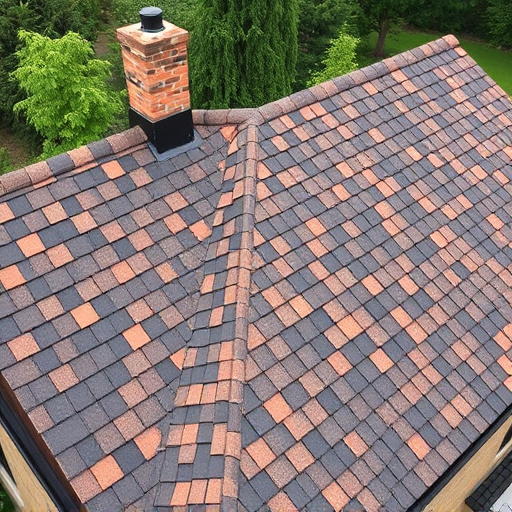
Post-storm, immediate action with emergency tarping safeguards properties from further roof damage. This temporary solution protects against water leaks, winds, and elements until permanent repairs can be made. Key steps include assessing damage, securing loose/missing shingles, and using duct tape to seal edges for a watertight barrier. Long-term roofing solutions offer comprehensive protection tailored to individual needs, ensuring homes are shielded from future damage.
In the aftermath of a storm, quick and effective property protection is paramount. Emergency tarping offers a vital, temporary roofing solution for damaged structures. This article guides you through understanding emergency tarping, identifying its necessity post-storm, and learning the steps to secure your property using these essential tools. We’ll also explore long-term roofing solutions versus this immediate fix, providing comprehensive insights for effective storm recovery.
- Understanding Emergency Tarping: A Quick Fix for Temporary Protection
- When is Emergency Tarping Necessary After a Storm?
- The Steps to Secure Your Property with Emergency Tarps
- Long-Term Solutions vs. Emergency Tarping: What's the Difference?
Understanding Emergency Tarping: A Quick Fix for Temporary Protection
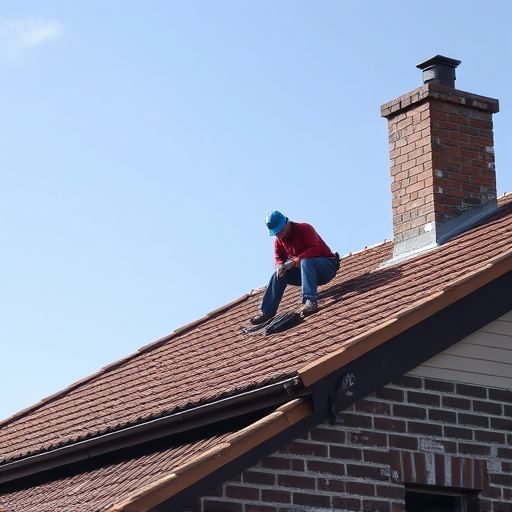
In the aftermath of a storm, immediate action is crucial to protect properties from further damage. Emergency tarping offers a swift and effective solution for temporary roofing repairs. This method involves the strategic placement of large, durable tarps over damaged roofs to create a barrier against leaking water, strong winds, and other elements. It’s a critical step in mitigating potential long-term losses until more permanent repairs can be made.
Emergency tarping is particularly useful for roofing systems that have suffered tears, missing shingles, or structural integrity compromises. By sealing the roof with tarps, property owners gain valuable time to organize repairs, replace missing components, and ensure the overall stability of their homes or buildings. This quick fix not only prevents water intrusion but also slows down the deterioration process, giving homeowners a breathing space to plan and budget for more extensive roofing solutions.
When is Emergency Tarping Necessary After a Storm?

After a severe storm, emergency tarping becomes an essential step in property damage mitigation and preservation. It is crucial for roofing systems that have sustained damage due to high winds, fallen debris, or direct impact from lightning. Emergency tarping is particularly necessary when there is a risk of further structural compromise or water intrusion, which can lead to mold growth and more extensive repairs.
Roofing professionals often recommend emergency tarping as an immediate response to protect homes, businesses, and other structures until permanent repairs can be made. This temporary solution prevents the entry of rainwater, reducing the potential for internal damage and ensuring that the property remains secure during the recovery process.
The Steps to Secure Your Property with Emergency Tarps
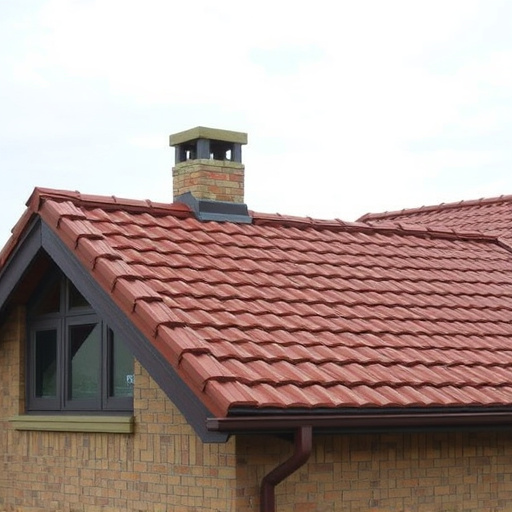
Securing your property with emergency tarps post-storm is a crucial step in protecting your roof and overall structure. Begin by assessing any damage to your roofing system, identifying loose or missing shingles, and taking note of any leaks. Once evaluated, gather the necessary tools and materials, including roll of emergency tarps, duct tape, and a ladder.
Next, safely climb the ladder and unroll the tarp over the damaged area, ensuring it covers all vulnerable sections of the roof. Secure the edges with strong duct tape, creating a watertight seal. Repeat this process for any additional areas requiring protection. This temporary fix offers much-needed shielding until permanent repairs can be made, safeguarding your property from further storm damage and potential water intrusion.
Long-Term Solutions vs. Emergency Tarping: What's the Difference?
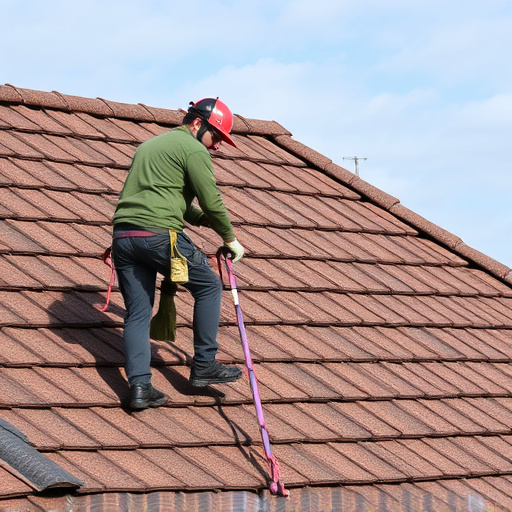
While emergency tarping offers a quick and essential solution for protecting properties from further damage after a storm, it’s important to note the difference between this short-term fix and long-term roofing solutions. Emergency tarps are designed to temporarily shield roofs from rain and wind, providing immediate relief during severe weather conditions. They are swiftly installed, often by professionals or even homeowners in dire situations, and serve as a temporary bandage until more permanent repairs can be made.
Long-term roofing solutions, on the other hand, involve comprehensive assessments, detailed planning, and professional installations tailored to specific property needs. This includes replacing damaged or missing shingles, repairing structural integrity, and ensuring proper drainage systems. Unlike emergency tarping, these solutions focus on durability, aesthetics, and long-lasting protection, addressing the root causes of roof damage rather than merely offering a temporary barrier against further deterioration.
In light of the above, emergency tarping plays a pivotal role in safeguarding properties post-storm, offering a quick and effective solution for temporary roofing protection. By understanding when it’s necessary and following the proper steps, homeowners can mitigate damage until permanent repairs are made. While long-term solutions like roof replacement are essential, emergency tarping serves as a game-changer during immediate storms, ensuring folks stay safe and dry.

